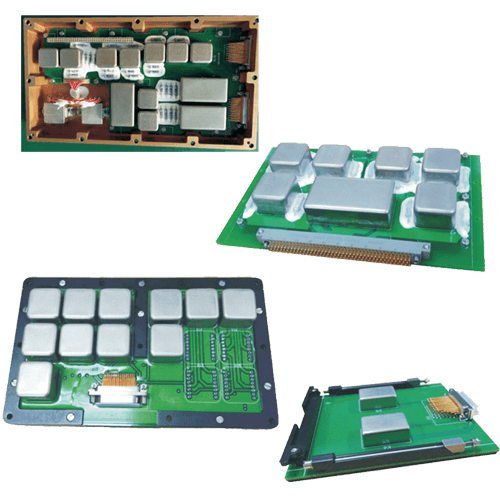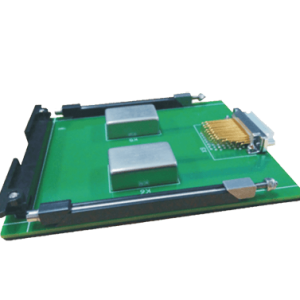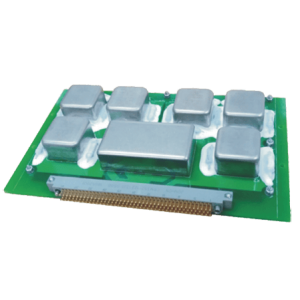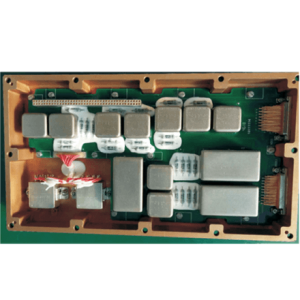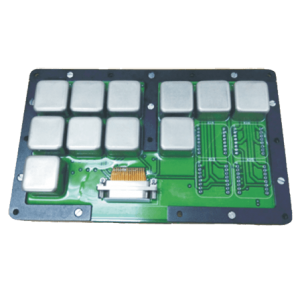1.Features of solid-state board series products
- The Input can resist pulse interference, and the time of anti-interference can be adjusted according to user needs
- The output is stable and reliable, and the launch can be controlled by multiple levels, which is easy to implement redundant design
- Patented modular technology
- Multi-channel launch output, logic can be customized according to user needs.
- Small size, light weight, convenient connection with the whole system
- Strong resistance to mechanical environment
2.Application of solid board series products
- Initiating explosive devices launch control, power supply control, battery pack activation control, etc.
- Logic power control or logic level control
- Thermal battery activation control
- Timing launch
- Other power supply control
3.Selection and customization
The solid-state board series is customized product. Due to different requirements of interface, dimensions, and functions, it needs to be fine-tuned on the basis of existing products and customized according to the following actual requirements.
- Logic circuit;
- Interface;
- The interconnection of the whole system;
- launch current/voltage and time requirements;
- Anti-pulse-interference
- Working voltage range;
- Working temperature and storage temperature range;
- Timing control or not;
- Output characteristic;
- Other requirements.
